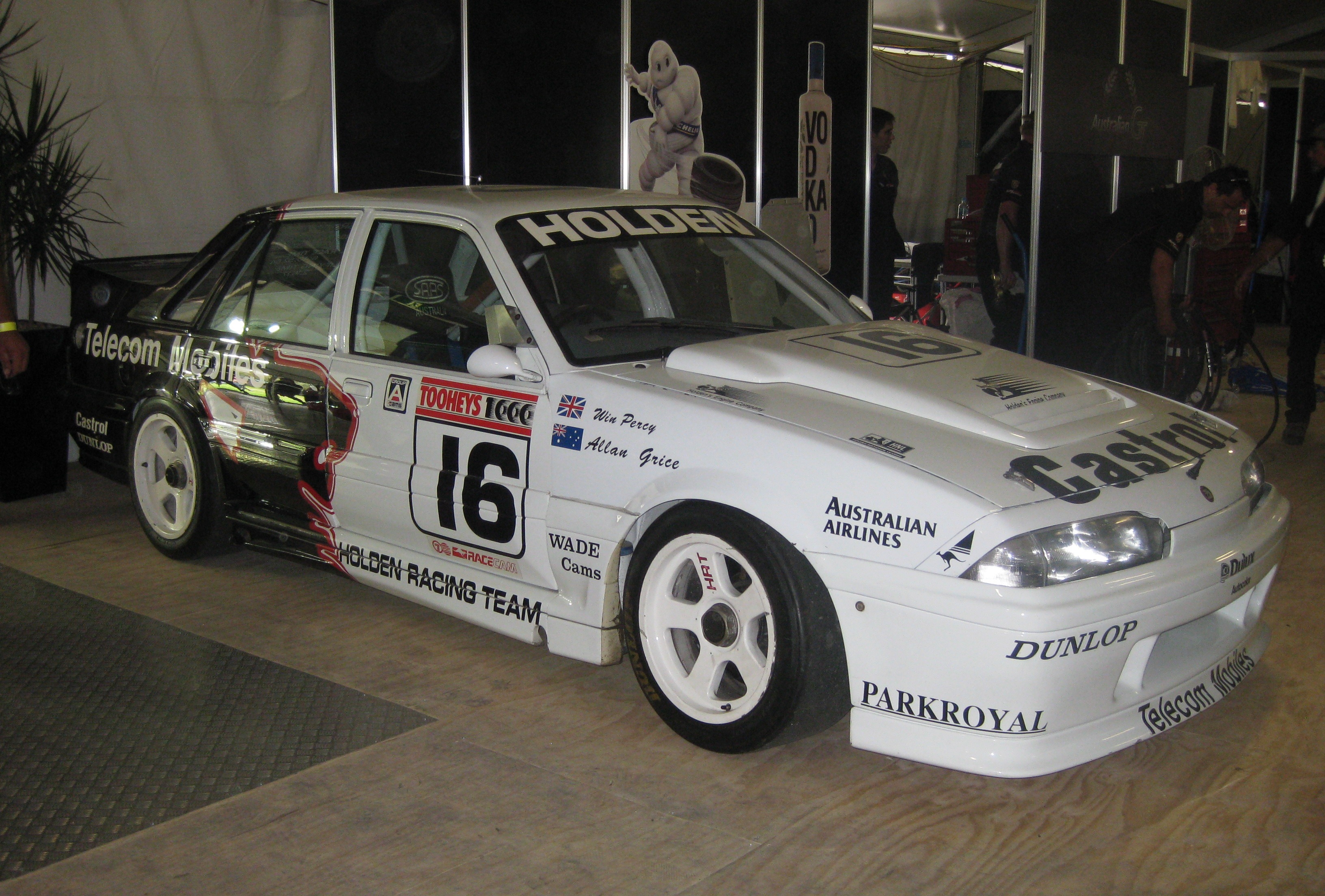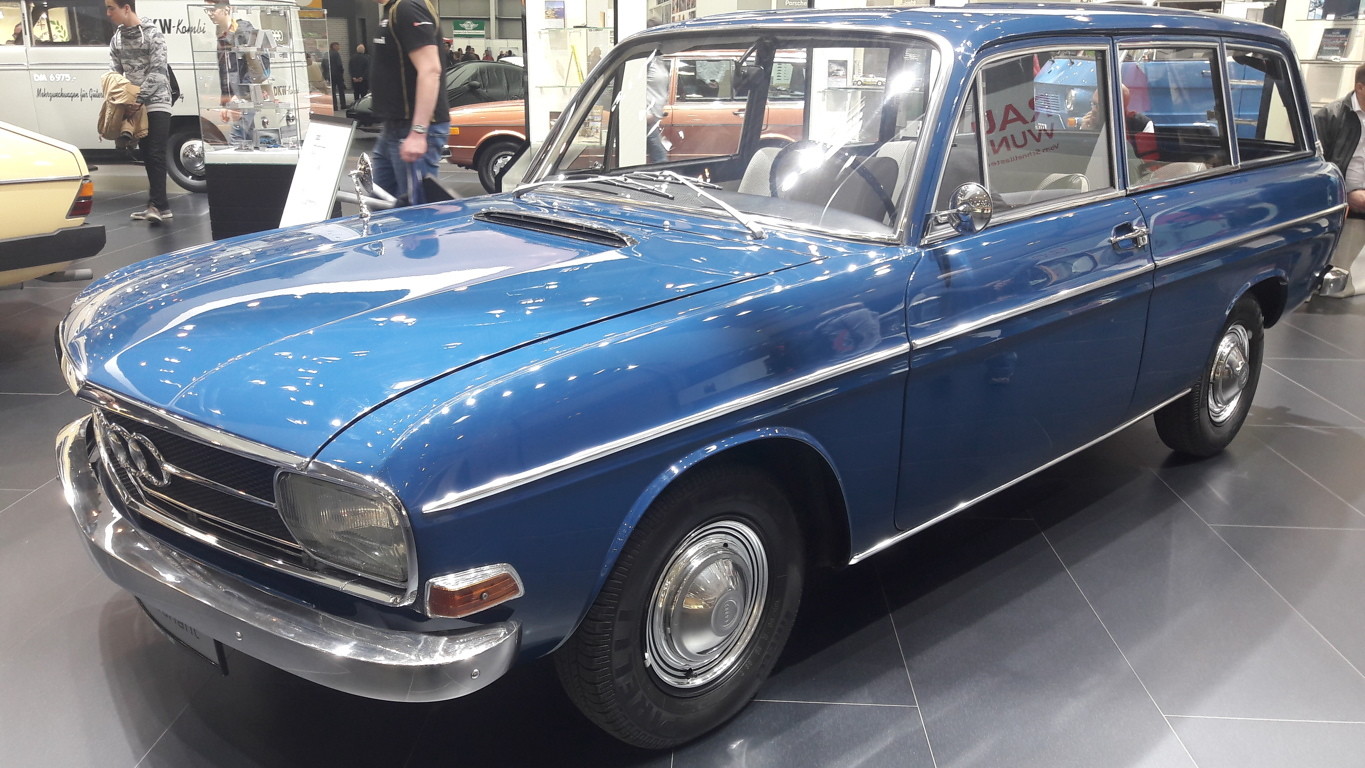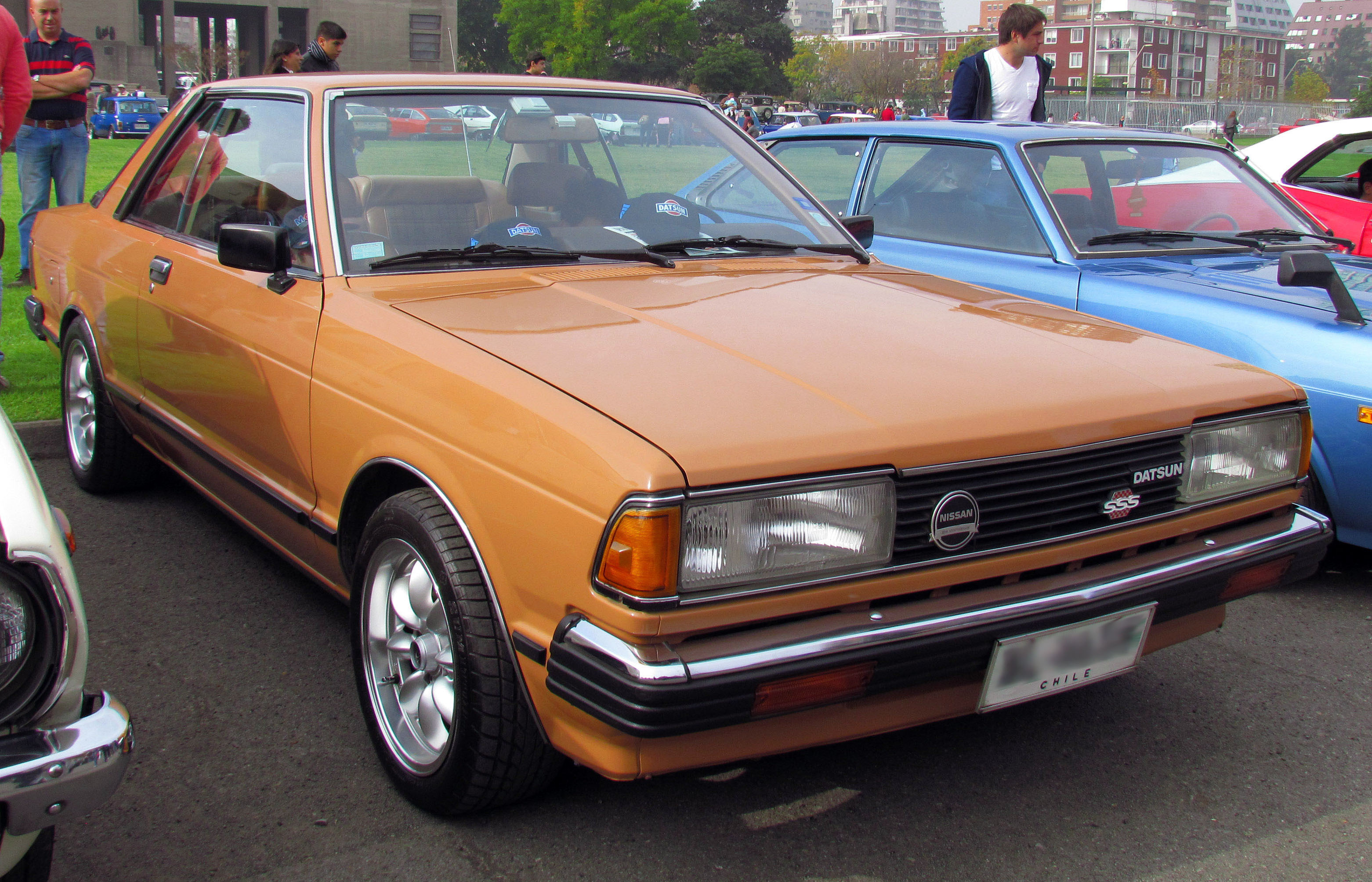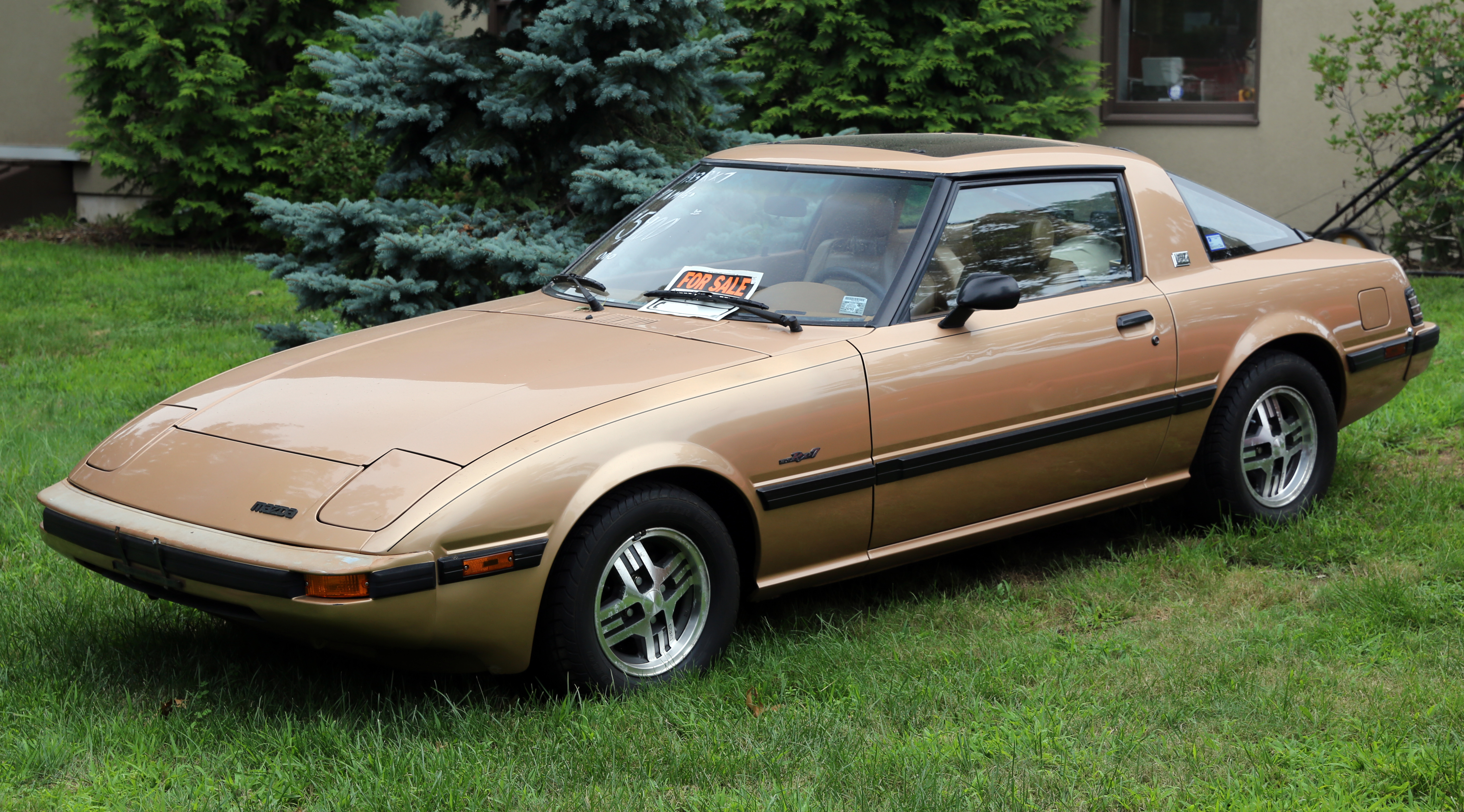|
1982 Bathurst 1000
The 1982 James Hardie 1000 was the 23rd running of the Bathurst 1000 touring car race. It was held on 3 October 1982 at the Mount Panorama Circuit just outside Bathurst in New South Wales, Australia. The race, which was Round 3 of both the 1982 Australian Endurance Championship and the 1982 Australian Endurance Championship of Makes, was open to cars eligible to the locally developed CAMS Group C touring car regulations with two engine capacity based classes. The race was won by Peter Brock and Larry Perkins of the Holden Dealer Team driving a Holden Commodore. It was Brock's sixth victory, a record, the Holden Dealer Team's sixth win and the first win in the race for a car carrying a Racecam unit. Holden Commodores filled the top four positions, but only after Dick Johnson was disqualified after originally finishing in fourth spot. Brock and Perkins finished a lap ahead of Allan Grice and Alan Browne. It was the second time Grice had finished second but had yet to win. T ... [...More Info...] [...Related Items...] OR: [Wikipedia] [Google] [Baidu] |
Mount Panorama 1938-1986
Mount is often used as part of the name of specific mountains, e.g. Mount Everest. Mount or Mounts may also refer to: Places * Mount, Cornwall, a village in Warleggan parish, England * Mount, Perranzabuloe, a hamlet in Perranzabuloe parish, Cornwall, England * Mounts, Indiana, a community in Gibson County, Indiana, United States People * Mount (surname) * William L. Mounts (1862–1929), American lawyer and politician Computing and software * Mount (computing), the process of making a file system accessible * Mount (Unix), the utility in Unix-like operating systems which mounts file systems Displays and equipment * Mount, a fixed point for attaching equipment, such as a hardpoint on an airframe * Mounting board, in picture framing * Mount, a hanging scroll for mounting paintings * Mount, to display an item on a heavy backing such as foamcore, e.g.: ** To pin a biological specimen, on a heavy backing in a stretched stable position for ease of dissection or display ** To pr ... [...More Info...] [...Related Items...] OR: [Wikipedia] [Google] [Baidu] |
Allan Grice
Allan Maxwell Grice (born 21 October 1942), known to motor-racing fans as "Gricey", is an Australian former racing driver and politician, most famous for twice winning the prestigious Bathurst 1000 (1986 and 1990), and as a privateer driver of a Holden in the Australian Touring Car Championship. Grice was educated at The Armidale School in northern NSW. Grice also had a successful second career as a politician and Member for Broadwater in the Queensland Parliament from 1992 to 2001. He currently operates an LPG conversion and importing business – LPGricey Tanks. Bathurst 1000 record Grice made 26 starts between 1968 and 2002 ( sixth on the 'most starts' list). Grice had seven podium finishes at Bathurst: two wins (1986 and 1990), four seconds (1978, 1982, 1991, 1995), and a third (1983). These results put him fifth on the 'most podiums' list for drivers at Bathurst. Thirteen top 10 finishes (50% of all his starts) (in addition to above, fourth in 1979, seventh in 1980 ... [...More Info...] [...Related Items...] OR: [Wikipedia] [Google] [Baidu] |
Toyota Celica
The is an automobile produced by Toyota from 1970 until 2006. The Celica name derives from the Latin word '' coelica'' meaning 'heavenly' or 'celestial'. In Japan, the Celica was exclusive to the '' Toyota Corolla Store'' dealer chain. Produced across seven generations, the Celica was powered by various four-cylinder engines, and bodystyles included convertibles, liftbacks, coupés and notchback coupés. In 1973, Toyota coined the term ''Liftback'' to describe the Celica fastback hatchback, and used the name ''Liftback GT'' for the North American market. Like the Ford Mustang, the Celica concept was to create a sports car by attaching a coupe body to the chassis and mechanicals from a high volume sedan, in this case the Toyota Carina. However, some journalists thought it was based on the Corona due to some shared mechanical parts. The first three generations of North American market Celicas were powered by variants of Toyota's R series engine. In August 1985 ... [...More Info...] [...Related Items...] OR: [Wikipedia] [Google] [Baidu] |
Audi 80
The Audi 80 is a compact executive car produced by the Audi subdivision of the Volkswagen Group across four generations from 1966 to 1996. It shared its platform with the Volkswagen Passat from 1973 to 1986 and was available as a saloon, and station wagon — the latter marketed by Audi as the Avant. The coupé and convertible models were not badged as members of the range but used a derivative of the same platforms. In North America and Australia, the 80 was marketed as the Audi Fox for model years 1973–79, and as the Audi 4000 for model years 1980–87 in the US. The Audi 90 was an upmarket version of the Audi 80, although all North American sedans of the B4 generation were called Audi 90. Naming convention Under Audi's platform numbering convention, the 80 is classified as a member of the ''B-series'' or ''B platform'' family of vehicles, with the four generations of 80 being numbered as B1, B2, B3 and B4; its replacement – the Audi A4 – continues this sequence wi ... [...More Info...] [...Related Items...] OR: [Wikipedia] [Google] [Baidu] |
Alfa Romeo GTV6
The Alfa Romeo Alfetta (Type 116) is a front-engine, five-passenger sedan and fastback coupé manufactured and marketed by Alfa Romeo from 1972 to 1987 with a production total over 400,000. The Alfetta was noted for the rear position of its transaxle (clutch and transmission) and its De Dion tube rear suspension — an arrangement designed to optimize handling by balancing front/rear weight distribution, as well as maintaining a low polar moment of inertia and low center of gravity. The interior of Coupé models featured a then unusual central tachometer placement — by itself, directly in front of the driver. The ''Alfetta'' name, which means "little Alfa" in Italian, derived from the nickname of the Alfa Romeo Tipo 159 Alfetta, a successful Formula One car which in its last (1951) iteration paired a transaxle layout to De Dion tube rear suspension — like its modern namesake. Design and dynamics The Alfetta introduced a new drivetrain layout to the marqu ... [...More Info...] [...Related Items...] OR: [Wikipedia] [Google] [Baidu] |
Ford Capri
The Ford Capri is a fastback coupé built by Ford of Europe, designed by Philip T. Clark, who was also involved in the design of the Ford Mustang. It used the mechanical components from the Mk2 Ford Cortina and was intended as the European equivalent of the Ford Mustang. The Capri went on to be highly successful for Ford, selling nearly 1.9 million units in its lifetime. A wide variety of engines were used in the car throughout its production lifespan, which included the ''Essex'' and ''Cologne'' V6 at the top of the range, while the ''Kent'' straight-four and ''Taunus'' V4 engines were used in lower-specification models. Although the Capri was not officially replaced, the second-generation Probe was effectively its replacement after the later car's introduction to the European market in 1994. While Ford marketed the car as "Ford Capri – The Car You Always Promised Yourself", the British magazine '' Car'' described the Capri as a "Cortina in drag". History Fo ... [...More Info...] [...Related Items...] OR: [Wikipedia] [Google] [Baidu] |
Datsun Bluebird 910
The Datsun Bluebird (910) is an automobile which was produced by Nissan from 1979 to 1984. Nissan began realigning its export names with its home market names with the 910 series in November 1979. The 'B' tags were dropped in favour of 'Bluebird', though the models were marketed as 'Datsun Bluebird' initially. The Bluebird 910, which was the last rear-wheel drive Bluebird, featured simple clean-cut squared-off lines, unlike the "Coke Bottle" styling of its predecessor.Martin Lewis, A-Z of Cars of the 1980s, 1994, page 102 It did however retain the same engine range, the same MacPherson strut suspension and the same wheelbase as the 810. It went on sale in Europe over the summer of 1980, where its main competitors were traditional rear-wheel drive saloons including the Ford Taunus/Cortina and Opel Ascona/Vauxhall Cavalier. It also had a number of front-wheel drive rivals, including the Peugeot 305 and Renault 18. Nissan had enjoyed significant sales success in Britain since the ... [...More Info...] [...Related Items...] OR: [Wikipedia] [Google] [Baidu] |
Jaguar XJS
The Jaguar XJ-S (later called XJS) is a luxury grand tourer manufactured and marketed by British car manufacturer Jaguar Cars from 1975 to 1996, in coupé, fixed-profile and full convertible bodystyles. There were three distinct iterations, with a final production total of 115,413 units over 20 years and seven months. Originally developed using the platform of the then-current XJ saloon, the XJ-S was noted for its prominent rear buttresses. The early styling was partially by Jaguar's aerodynamicist Malcolm Sayer—one of the first designers to apply advanced aero principles to cars—however Sayer died in 1970, before the design was finalised. Its final iteration, produced from 1991 to 1996, was manufactured after Jaguar was acquired by Ford, who introduced numerous modifications – and eliminated the hyphen in the name, marketing Jaguar's longest running model simply as the ''XJS.'' Pre-HE (1975–1981) The XJ-S was introduced on 10 September 1975. The design and deve ... [...More Info...] [...Related Items...] OR: [Wikipedia] [Google] [Baidu] |
BMW E24
The BMW E24 is the first generation of BMW 6 Series range of grand tourer cars, which was produced from January 1976 to 1989 and replaced the BMW E9 coupé. The E24 was produced solely in a 2-door coupé body style. All models used petrol straight-six engines, with the majority (aside from the M635CSi/M6 model) using a version of the BMW M30 engine family. The E24 was initially based on the E12 5 Series platform, until it switched to the newly released E28 5 Series platform in 1982. The M635CSi is the first of the BMW M6 model line and is powered by the M88/3 straight-six engine. In North America, the vehicle is badged as "M6" and uses the less powerful BMW S38 engine. The E24's successor, the E63 6 Series, was released in 2004 after a 16-year hiatus. Although the E31 8 Series was released as production of the E24 was ending, the 8 Series is considered a separate model line and therefore not a successor to the E24. Development and production The E24 was design ... [...More Info...] [...Related Items...] OR: [Wikipedia] [Google] [Baidu] |
Mazda RX-7
The Mazda RX-7 is a front-engine, rear-wheel-drive, rotary engine-powered sports car that was manufactured and marketed by Mazda from 1978 until 2002 across three generations, all of which made use of a compact, lightweight Wankel rotary engine. The first generation of the RX-7, SA (early) and FB (late), was a two-seater 2 door hatchback coupé. It featured a 12A carbureted rotary engine as well as the option for a 13B with electronic fuel injection in later years. The second generation of RX-7, known as the FC, was offered as a 2-seater coupé with a 2+2 option available in some markets, as well as in a convertible bodystyle. This was powered by the 13B rotary engine, offered in naturally aspirated or turbocharged forms. The third generation of the RX-7, known as the FD, was offered a 2+2-seater coupé with a limited run of a 2-seater option. This featured a sequentially turbocharged 13B REW engine. More than 800,000 were manufactured over its lifetime. __TOC__ First gene ... [...More Info...] [...Related Items...] OR: [Wikipedia] [Google] [Baidu] |
Chevrolet Camaro (second Generation)
The second-generation Chevrolet Camaro is an American pony car that was produced by Chevrolet from 1970 through the 1981 model years. It was introduced in the spring of 1970. Build information for model 123-12487 was released to the assembly plants in February of that same year. It was longer, lower, and wider than the first generation Camaro. A convertible, which was available for the first generation, was unavailable for the second. GM engineers have said the second generation is much more of "A Driver's Car" than its predecessor. History Overview Dubbed "Super Hugger", the second-generation Camaro was an all-new car with its basic mechanical layout familiar and engineered much like its predecessor with a unibody structure utilizing a front subframe, A-arm and coil spring front suspension, and rear leaf springs. The chassis and suspension of the second generation were refined in both performance and comfort; base models offered significant advances in sound-proofing, r ... [...More Info...] [...Related Items...] OR: [Wikipedia] [Google] [Baidu] |
Ford Falcon (Australia)
The Ford Falcon is a full-sized car that was manufactured by Ford Australia from 1960 to 2016. From the XA series of 1972 onward, each Falcon and range of derivates have been designed, developed, and built in Australia, following the phasing out of the American-influenced Falcon of 1960 to 1971, which had been re-engineered locally as the XK to XY series for the harsher Australian conditions. The luxury-oriented Ford Fairmont model joined the range from 1965. Luxury long-wheelbase derivative versions called the Ford Fairlane and LTD arrived in 1967 and 1973 respectively with production ending in 2007. Over 3,000,000 Ford Falcon and its derivatives were made in seven generations to 2016, almost exclusively in Australia and New Zealand, but also South Africa and some RHD Asian markets. Along with its closest Australian-made rival, the Holden Commodore, the Falcon once dominated the fleets of taxis in Australia and New Zealand, as well as police car and company fleets. In its las ... [...More Info...] [...Related Items...] OR: [Wikipedia] [Google] [Baidu] |







.jpg)

.jpg)
.jpg)